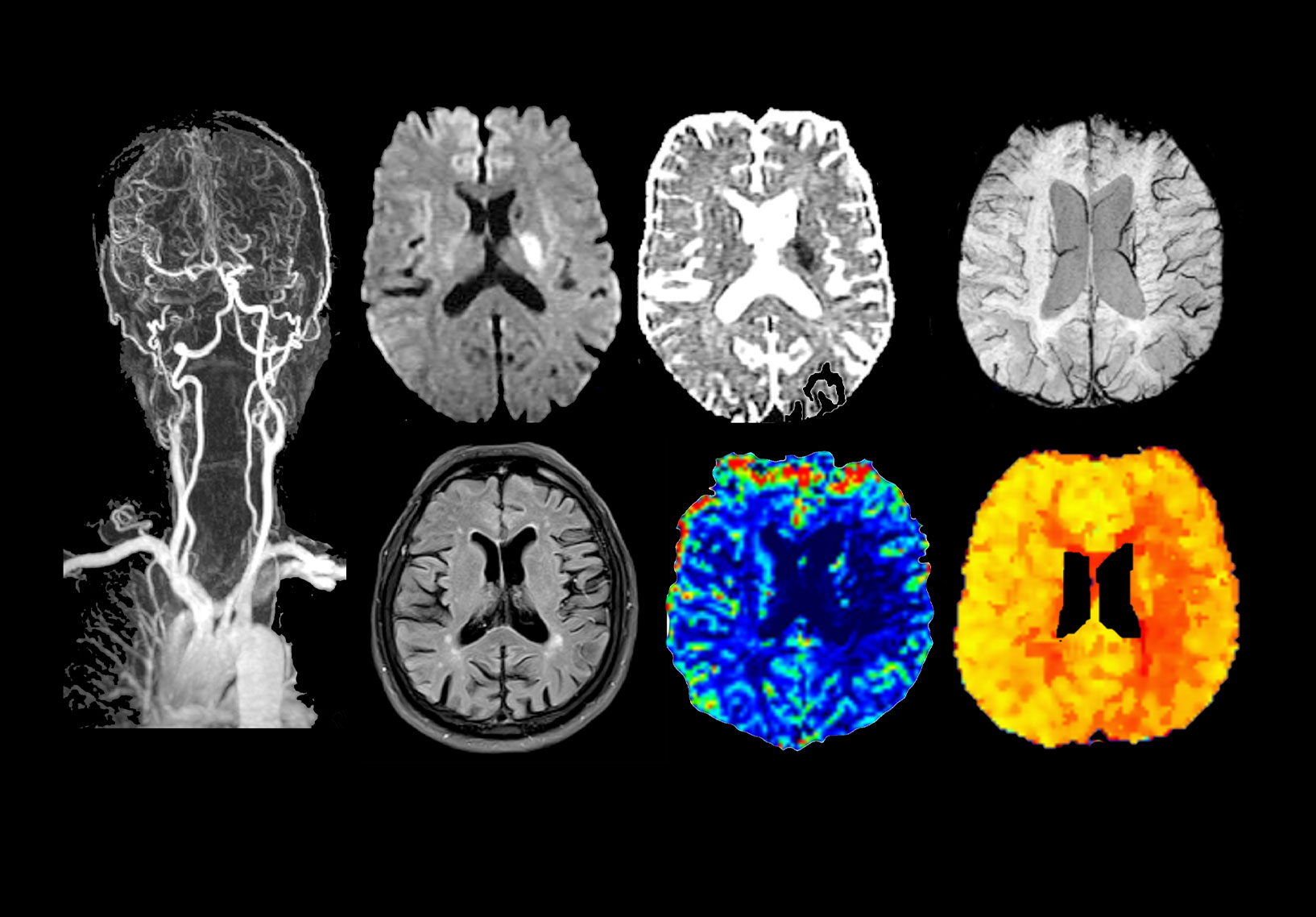Multiparametric MRI

We use multiparametric MRI to characterize and improve the understanding of the pathophysiology of cerebrovascular diseases. To this aim, we study changes in brain vessel status, regional brain perfusion, and tissue characteristics in acute stroke using MRI including diffusion weighted imaging (DWI), diffusion tensor imaging (DTI), perfusion imaging (PI), susceptibility weighted imaging (SWI) and MR-angiography, and functional MRI. Building on understanding of changes of brain perfusion and metabolism, we aim at optimizing acute stroke treatment and patient selection for specific treatment options such as thrombolysis by using results from multiparametric MRI. For this purpose, we pursue a quick transfer of basic stroke imaging research into clinical trials or daily practice. This has resulted in the suggestion of the DWI-FLAIR-mismatch concept to identify stroke patients with unknown time of symptom onset who are likely to benefit from intravenous thrombolysis (Thomalla et al., 2009). This concept was the basis for the successful WAKE-UP trial of MRI-guided thrombolysis in unknown onset stroke (Thomalla et al., 2018).
